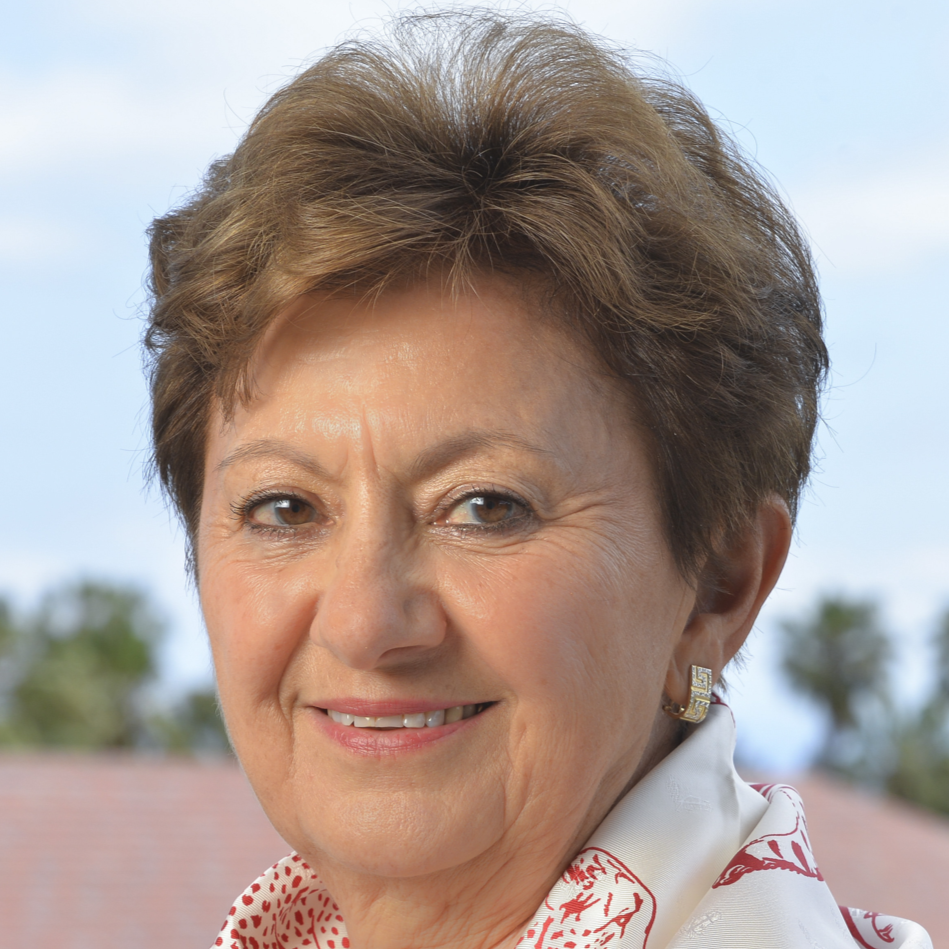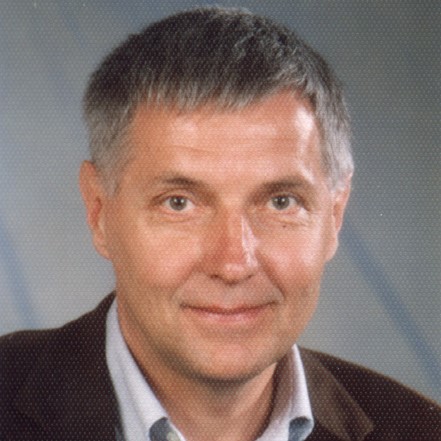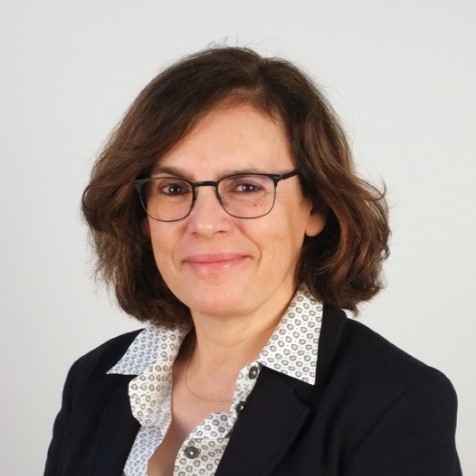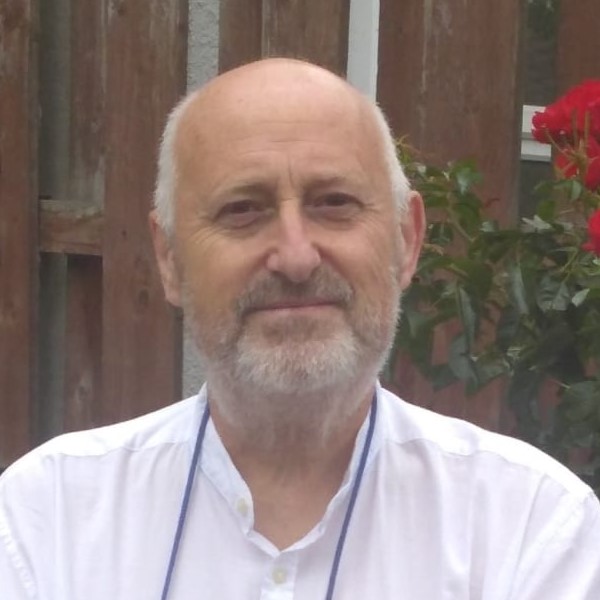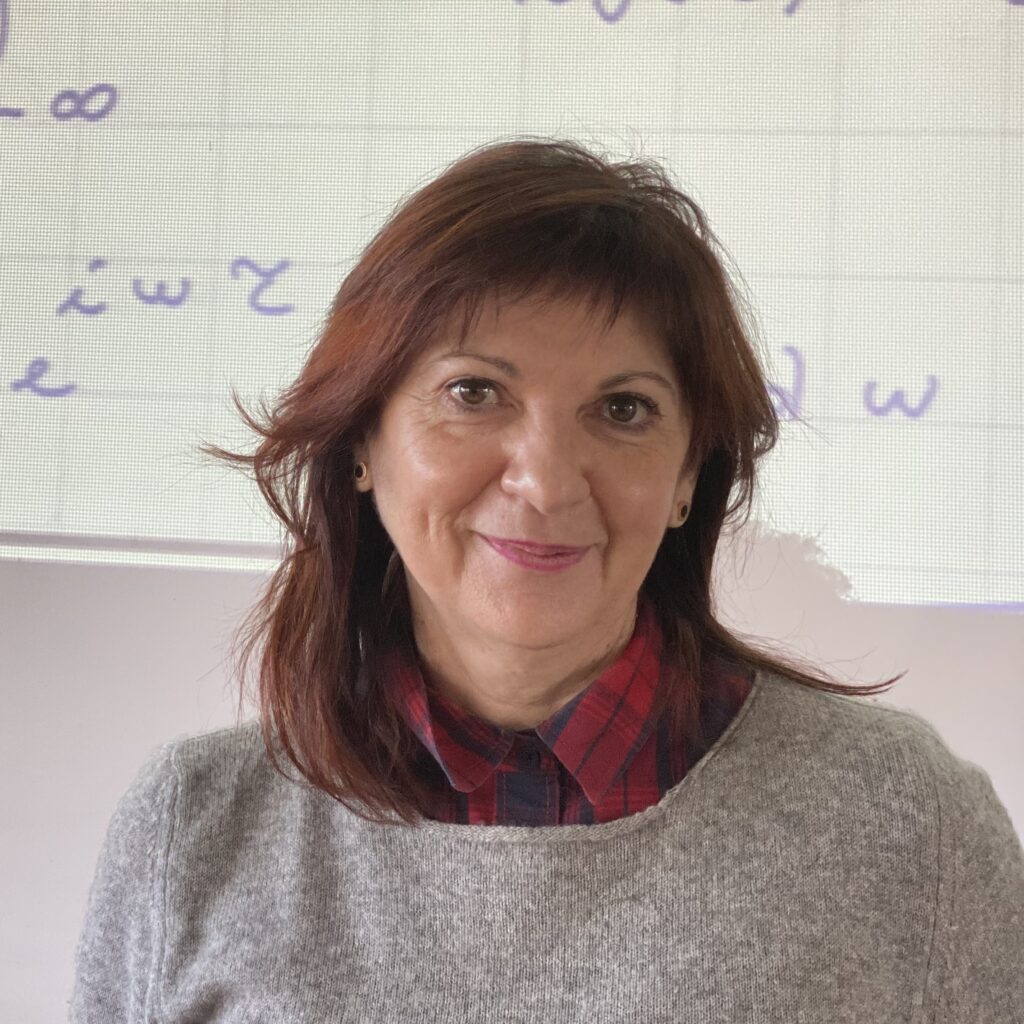A Systems Approach to Wireless Structural Health Monitoring
A comprehensive structural health monitoring system consists of a set of sensors, a wireless communications module, damage diagnosis and prognosis module and information delivery module. Each of these components require to work in a reliable and efficient manner. The system needs to be scalable and easily upgradable. In this presentation, the components of a comprehensive wireless structural health monitoring system will be presented discussing recent developments for each component. While sensors, wireless communications and computational capabilities have significantly advanced reaching a widespread level of acceptance, challenges remain with damage diagnosis and prognosis algorithms. Similarly, robust decision support systems that are versatile and can manage the system while delivering useful information to users are still lacking. The challenges damage diagnosis and prognosis and decision support systems will be discussed. Impediments to widespread implementation of such systems in practice will also be presented.
Testing real Structures: What Bridge Performance tells us
Testing large Bridges under operation condition is a valuable source of information when condition assessment is required after events like earthquakes or damages from aging. The keynote covers:
(1) The earthquake in Turkey of February 2023 was recorded by many of the monitoring systems in large bridges. This comprises the Khormuran Bridge (cable stayed bridge with 350m cantilever). The performance of this structure under this extraordinary load showed that carefully designed structures can stand excitations higher than those considered in the design.
(2) Retrofit of Tempisque Bridge in Costa Rica, which was hit by an M 7.6 earthquake. The objectives have been the assessment of the condition of the stay cables and the demonstration of the stability of the entire structure under consideration of lifetime and sustainability.
(3) Bridge monitoring in India. India has a large stock of old bridges that suffer from increased loading and missing preventive maintenance. Several cases are presented where different objectives defined most interesting monitoring applications. System identification and performance assessment has become popular and any of the wide number of new bridge monitoring systems will be installed.
(4) Offshore structures in the fast-growing offshore wind power projects are representing a well-accepted and fast-growing monitoring market. Considerable progress has been made in regulation and practice. A number of cases from different types of structures will be presented in relation to the new German guideline VDI 4551.
Characterisation of the Force and Integrity of Tensioned Members
The flexibility of cable structures, combined with the typical low damping, results in a significant proneness to vibrations induced by environmental and operational loads, which may lead to accelerated deterioration and the early need to replace cables and tensioned members. Although monitoring such structures has been implemented more frequently in the last decades, cables and tensioned members have been scarcely instrumented, and monitoring their behaviour is often outside the scope of installed monitoring systems. This is a consequence of the difficulty in obtaining information on the condition of members that exist in a high number (stay cables and hangers) from a necessarily limited number of sensors, and it is also due to the actual difficulty in extracting relevant information regarding the cable condition from existing assessment techniques.
This lecture discusses the potential of existing instrumentation and monitoring techniques in assessing the installed force and integrity of cables and tensioned beams. In particular, results from a newly developed method based on the propagation of transverse waves are presented, which relate the identified velocities of wave propagation with the force and cable properties.
An Overview of Population-Based SHM
One of the main problems in data-based Structural Health Monitoring (SHM), is the scarcity of measured data corresponding to damage states in the structures of interest. One approach to solving this problem is to develop methods of transferring health inferences and information between structures in an identified population—Population-based SHM (PBSHM). In the case of homogenous populations (sets of nominally-identical structures, like in a wind farm), the idea of the form has been proposed which encodes information about the ideal or typical structure together with information about variations across the population. In the case of sets of disparate structures—heterogeneous populations—transfer learning appears to be a powerful tool for sharing inferences, and is also applicable in the homogenous case. In order to assess the likelihood of transference being meaningful, it has proved useful to develop an abstract representation framework for spaces of structures, so that similarities between structures can formally be assessed; this framework exploits tools from graph theory. The current paper and presentation discusses all of these very recent developments and provides illustrative examples.
Hilbert Transform and Stochastic Mechanics Meet Operational Modal Analysis (OMA)
Operational modal analysis (OMA) methods are nowadays common in civil, mechanical and aerospace engineering to identify and monitor structural systems without any knowledge on the structural excitation provided that the latter is due to ambient vibrations. For this reason, OMA methods are embedded with stochastic concepts and then it is difficult for users that have no-knowledge in signal analysis and stochastic dynamics. In this paper an innovative method usefull for Structural Health Monitoring (SHM) is proposed. It is based on the signal filtering and on the Hilbert transform of the correlation function matrix. Specifically, the modal shapes are estimated from the correlation functions matrix of the filtered output process and then the frequencies and the damping ratios are estimated from the analytical signals of the mono-component correlation functions: a complex signals in which the real part represents the correlation function and the imaginary part is its Hilbert transform. This method is very simple to use since requires only few interactions with the users and thus it can be used also from users that are not experts in the aforementioned areas. In order to prove the reliability of the proposed method, numerical simulations and experimental tests are reported also considering comparisons with the most popular OMA method.
